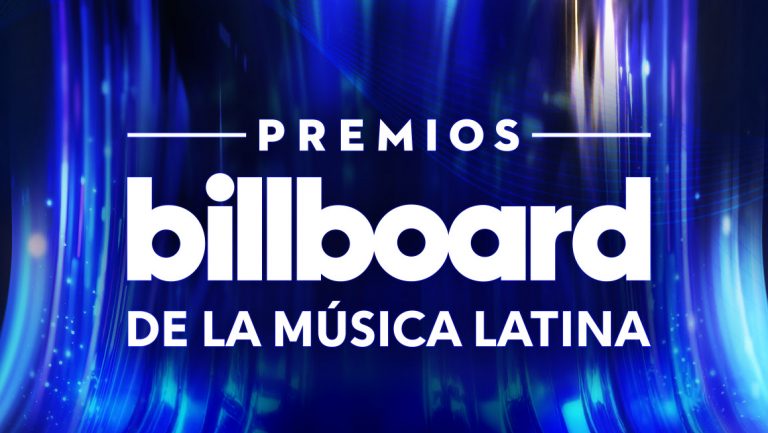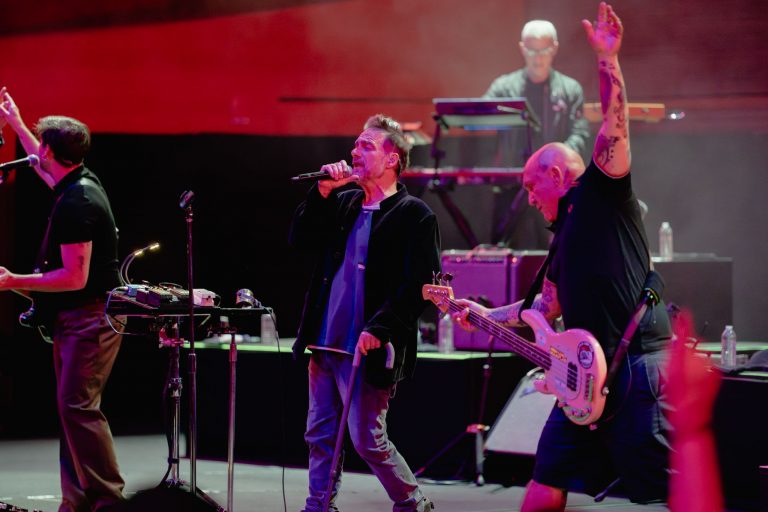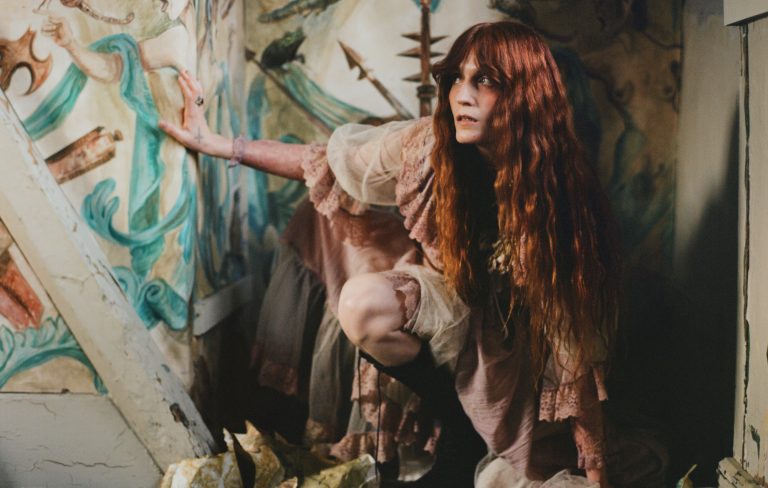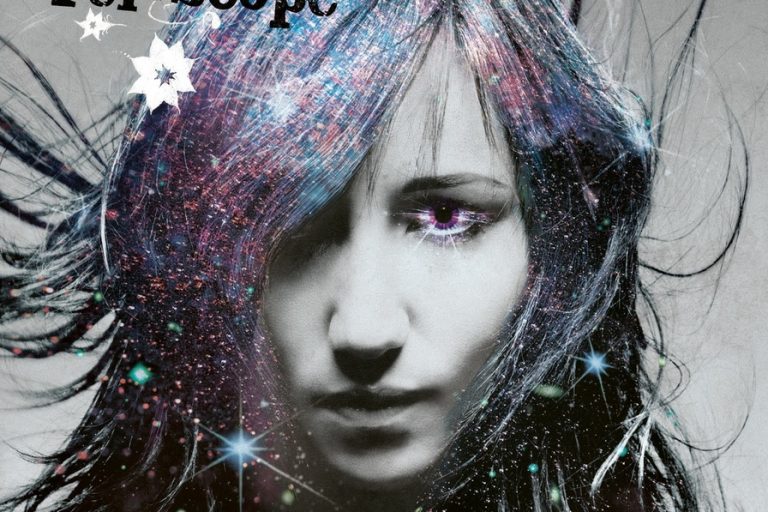Cover Story Exclusive – Andrea Victorio
There was a time, not so long ago, when “Cheat Codes” was just a trio of young producers making a name for themselves with a breakout song called “SEX.” Now, a decade on and with a staggering eight billion global streams, the multi-platinum trio—Kevin Ford, Trevor Dahl, and Matthew Russell—are celebrating their 10-year anniversary with an album titled Future Renaissance. For a 32-year-old former band geek who’s spent a dozen years watching the industry shift, it’s not just a new record; it’s a masterclass in creative longevity and strategic reinvention. This isn’t just another hit-making group; they’ve become a dynamic force defined by fearless collaboration and a stubborn refusal to be boxed in.
The album’s title itself, Future Renaissance, serves as a powerful mission statement. It implies a rebirth, a return to origins, and a bold leap forward all at once. For Cheat Codes, this represents a core philosophy that has defined their decade-long journey. As Matthew Russell explains, it’s more of a risk to do something new or something that sounds like nothing else. “But if you can, I think there’s a bigger payoff if it works,” he says. This isn’t a simple retread of old ideas. It’s an exploration of their core identity—the eclectic, genre-fluid sound born from their distinct musical backgrounds—and an evolution of it. It’s an exercise in creative self-awareness, a declaration that they’re building something that will last.
The cornerstone of Cheat Codes’ identity has always been their technical prowess in blending disparate genres. From Dolly Parton to LP to the five-time GRAMMY® Award-winning CeeLo Green, their collaborators read like a cross-section of a radio dial, not a curated playlist. They don’t just feature artists; they assimilate them into a new sonic framework. In the beginning, Russell says, they came from a songwriting background, a mindset that fueled their early self-sufficiency. As a former band geek, Russell fondly recalls, “We were making the beats, recording live guitar––we were doing everything. That was our cheat code, and our goal was to put out a song every single month.” This philosophy is evident in their production today, and it’s a key part of their “cheat code”—the ability to find musical intersection points and exploit them to create something fresh. This dedication to live instrumentation is what makes a track like “No Promises” stand out. Russell explains, “There’s live sound. I face that I played on the record, for example. So you know, when that song came out, it’s, it’s very like pop production, but it has this weird hybrid with dance, so it makes it stand out, like there’s a drop, but it’s not really like EDM production.”

Their dedication to this live approach is often a technical challenge. For their collaboration with Kenny G on “More Than Anybody,” they first tried to use a software saxophone. “We’re like, it doesn’t sound right, like it doesn’t sound real enough,” Russell recalls. This led them to a collaboration that resulted in a much richer, more authentic sound. Russell, a self-described “band geek” who played saxophone in middle school, admits he wishes he’d kept playing, noting that in the modern era of AI and software instruments, “the last thing that’s hard to fake for whatever reason, is like saxophone and like woodwind instruments.” He believes these instruments are difficult to replicate because of the “inflections and stuff… because if you do it with a synth, that sounds too, like, flat. There’s no, like, the scoops…” While some instruments are getting easier to fake—”strings are getting pretty good,” he notes, citing a song where they were “blown away” by a completely fake string section—others like woodwinds and live bass guitar remain a challenge. This dedication to live instrumentation is what makes their work stand out. For “Go to Hell,” they enlisted a friend who had played saxophone with the group Two Friends to ensure they were “doing the production justice and not just like rushing it.”

The collaboration with CeeLo Green on “Go To Hell” is perhaps the most audacious example of this genre-blending. The track masterfully marries the powerful, uninhibited emotion of gospel-pop with the slick, radio-ready production of a dance anthem. The production is a lesson in juxtaposition, which started with a simple idea. “We were like, what would it sound like if we wrote some sort of like Chris Stapleton Tennessee whiskey vibe?” Russell explains. This initial idea was built on a “blissful piano melody” that grounds the song in a classic, soulful structure. The challenge arose with the demo, which was sung by their friend Bryn Christopher. “His voice is so good that a lot of just like normal pop singers, can’t pull it off,” Russell notes. CeeLo Green was one of the few artists they felt could handle the “crazy range,” with his “such a good high like falsetto and that belting range.” Once CeeLo’s vocals were on the track, the production was revisited. They studied the “walking up chord progressions” in CeeLo’s classic “F you” and incorporated that gospel-like feel into the production. Russell also praises CeeLo’s lyrical style, saying he “almost writes it as, like how, like a rapper would,” which added a unique dynamic that was different from their usual “songwriting perspective.” This collaborative process made the record stand out. “All of that combined made it like a really cool record when it was all said and done,” says Russell, “and definitely like different than anything we’ve ever put out.”After a decade together, the internal dynamics of a group are as important as the external output. The Cheat Codes journey is one of collective evolution, born from their diverse projects before the trio formed. Russell recounts their early days, when they did everything themselves. “We were making the beats, recording live guitar––we were doing everything,” he says. This foundation in self-sufficiency has allowed them to maintain a strong creative vision. This evolution is also reflected in how they approach their live shows. A performance at Ultra is a different beast from a set at Stagecoach. The former demands big room anthems, massive drops, and a relentless energy. The latter requires a nuanced approach, often incorporating live instrumentation or acoustic elements to connect with an audience that might be less familiar with the EDM format. Their ability to adapt their setlist and production style for each stage is a testament to their versatility as artists and their deep understanding of their craft.
Read The Full Story in The August Special Edition of RYM Magazine Available Now!







